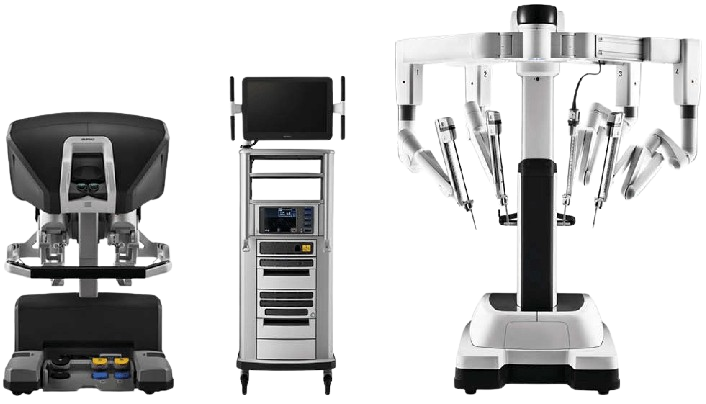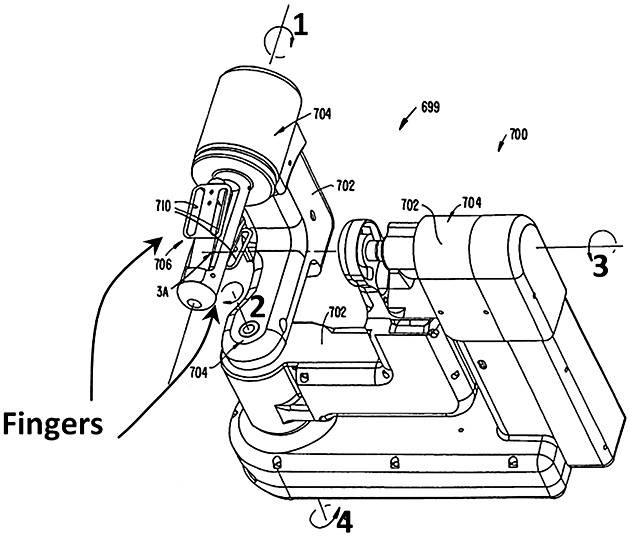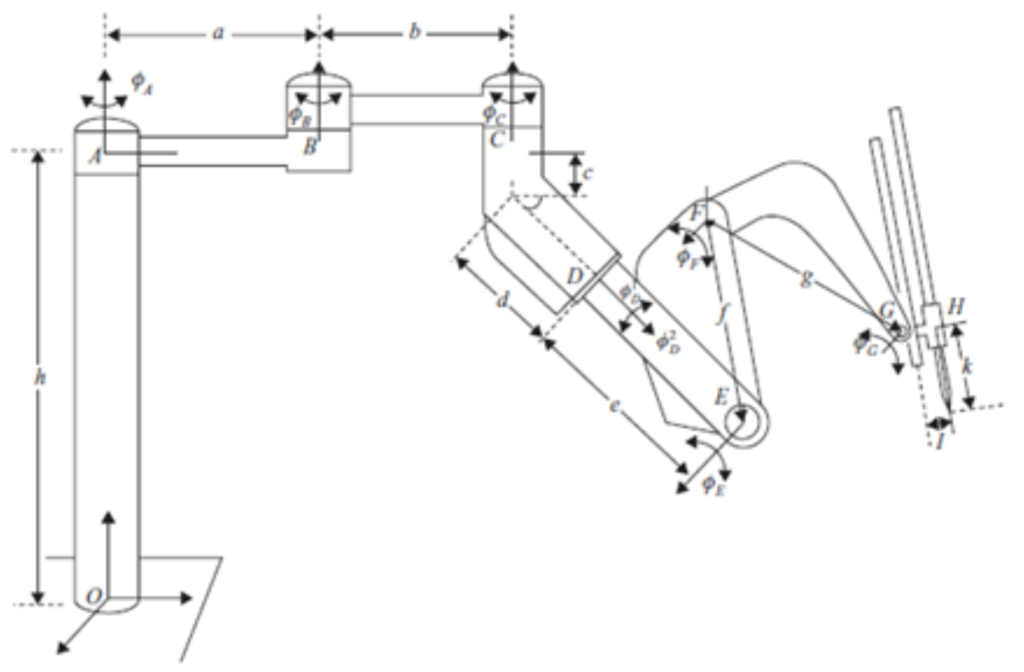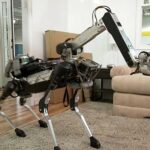Da Vinci Robotic-Assisted Surgery
Da Vinci Robotic-Assisted Surgery
Robotic platform enhancing surgical precision and dexterity for complex procedures.
The Da Vinci Surgical System is a robotic platform that assists surgeons in performing minimally invasive surgery with enhanced precision and control. It consists of a surgeon console, robotic arms, and a 3D vision system. Surgeons control the robotic arms from the console, which provides a magnified, high-definition view of the surgical site. This technology enables smaller incisions, reduced blood loss, shorter hospital stays, faster recovery times, and potentially fewer complications compared to traditional open surgery.

FEATURES
Enhanced Precision
The robotic arms of the Da Vinci system offer surgeons increased dexterity and precision, allowing for more accurate movements and maneuvers during surgery, particularly in delicate or hard-to-reach areas.
Minimally Invasive
Da Vinci enables surgeons to perform complex procedures through small incisions, reducing patient trauma, post-operative pain, and the risk of complications, while promoting faster recovery times.
Greater Control
Surgeons can control the robotic arms of the Da Vinci system with remarkable precision, allowing for more intricate and delicate movements, even in tight spaces within the body.
Versatility
The Da Vinci system is utilized across a wide range of surgical specialties, including urology, gynecology, general surgery, and thoracic surgery, showcasing its adaptability and effectiveness in various medical fields.
Reduced Blood Loss and Scarring
The minimally invasive nature of Da Vinci surgery often results in less blood loss and minimal scarring, leading to improved cosmetic outcomes and reduced recovery times for patients.
Shorter Hospital Stays
- Patients undergoing Da Vinci robotic-assisted surgery typically experience shorter hospital stays compared to traditional open surgery, allowing for quicker recovery and a faster return to normal activities.
INDUSTRIES
Healthcare
Used in hospitals and surgical centers for a wide range of surgical procedures, including urology, gynecology, general surgery, and thoracic surgery.
Medical Research
Used in research institutions to study and develop new surgical techniques and procedures, as well as to train surgeons in robotic-assisted surgery.
Education
Used in medical schools and training programs to educate and train future surgeons in robotic-assisted surgical techniques.
Robotics
The technology behind the Da Vinci system is also used in the development of other robotic systems for various industries, including manufacturing and automation.
Medical Device Manufacturing
The components and technologies used in the Da Vinci system are manufactured by various companies in the medical device industry.
Healthcare Consulting
Consulting firms specializing in healthcare may provide guidance on the implementation and use of robotic-assisted surgical systems like Da Vinci.
TECH SPECS


SPECIFICATION
FEATURES | SPECIFICATION |
|---|---|
WIDTH | 91.5 cm |
HEIGHT | 175.3 cm |
LENGTH | 127 cm |
WEIGHT | 544.3 kg (patient-side cart only) |
SENSORS | Optical encoders, Hall sensors, magnetic encoders, infrared sensors |
ACTUATORS | DC motors |
DEGREES OF FREEDOM (DOF) | 7 (surgical robot) |
COMPUTE | Combination of various DSPs, microcontrollers, and FPGAs |
SOFTWARE | Custom OS and control software |
POWER | 120-V AC with battery backup |
Da Vinci Software
The Da Vinci Surgical System software enables surgeons to control robotic arms with precision, providing a 3D view of the surgical site for accurate maneuvers. It includes safety features, an intuitive interface, and data analysis for improved surgical outcomes.

GALLERY




Videos
Contact Us
The latest Robot news and resources contact straight legal Point.
11, William Grant Road, Markham, Ontario, L6E 1R8
Telephone: +1-825-888-9393
bob@newagerobots.com, info@newagerobots.com
Useful Links
Copyright © techite all rights reserved.






